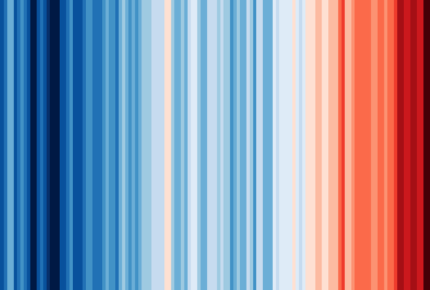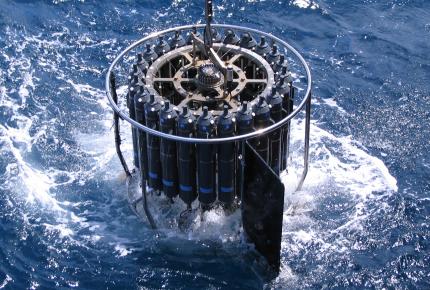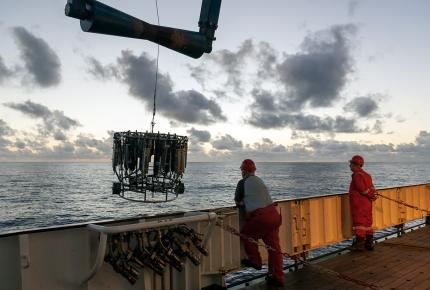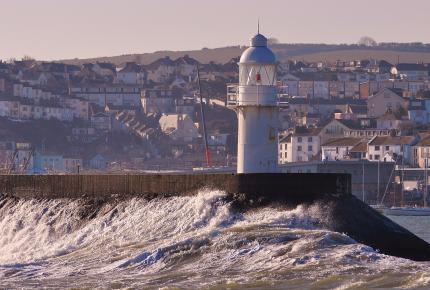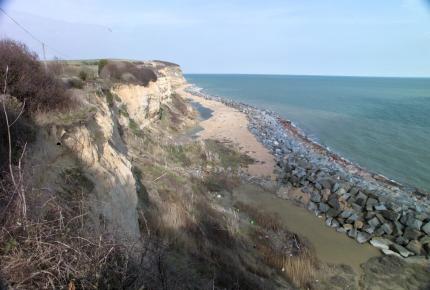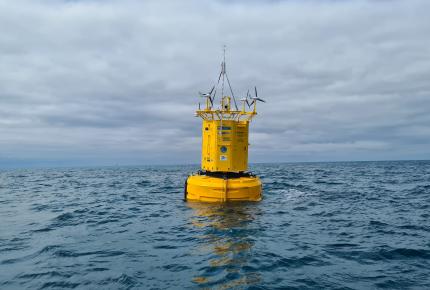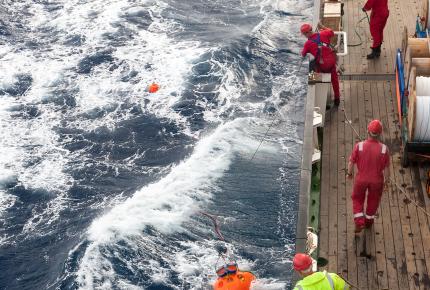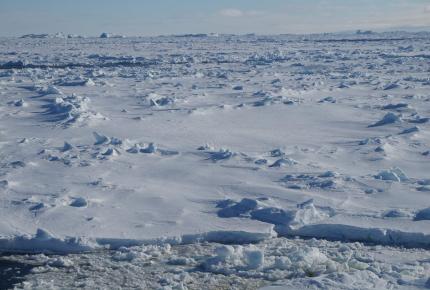Climate change affects the physical characteristics of UK coasts, seas, and surrounding oceans. Long-term observations show air and sea warming, sea-ice loss, ocean acidification and sea-level rise. These trends are expected to continue. For sea level, the latest UK projections show bigger changes than previously estimated, increasing the risk of coastal flooding and erosion.
Links between climate change and wind, wave and storm activity around the UK remain less clear, although there is some suggestion that the most severe storms and significant wave heights have increased in recent decades. At the broader scale, ocean and atmospheric circulation may be changing in the North Atlantic, with potential implications for UK climate and extreme weather events.
These physical changes have profound effects on marine ecosystems and people in the UK, which are explored through the ecosystem change and societal impact hubs.
Wider impact hubs can be accessed via:
